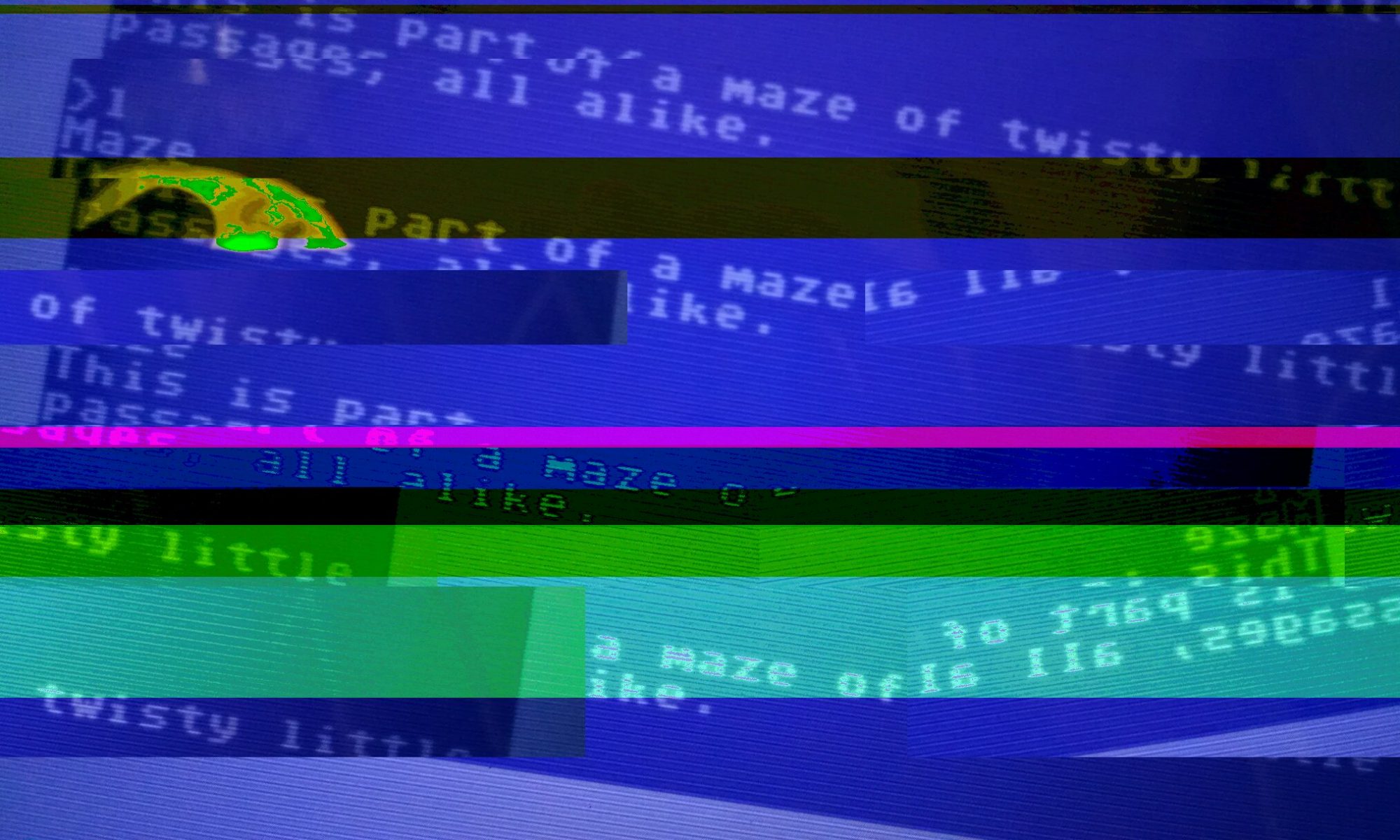When I started going through the 1993 version of “Marble Springs,” I quickly became overwhelmed by the sheer amount of information that was available on every character, location, connection, and storyline the work contained. I wanted an easy way to gain information about the narrative of the work, without having to go through and click each link to slowly and patiently collect bits and pieces of the narrative. My attempt at navigating through the 2013 wiki version, however, yielded even less satisfaction, and merely served to heighten my sense of being lost in the story. The amount of text that “Marble Springs” encapsulates intimidated me, and this is where the aspect of the database as sublime came in. “Marble Springs” is a man-made, technological, fictional creation, and its immensity, precisely because it is man-made, is what makes it sublime.
As Lev Manovich explains in his chapter on “The Database” in his book, The Language of New Media, “the database represents the world as a list of items,” while “a narrative creates a cause-and-effect trajectory of seemingly unordered items (events). Therefore, database and narrative are natural enemies” (225). This is certainly true for “Marble Springs”; the database format of the work makes it almost impossible for the reader to grasp the overarching narrative of the story without having to go through all, or almost all, of the entries. Reading only a few of the individual characters’ chronicles and poems is not enough to gain a thorough understanding of the themes and importance of the full narrative; gaining a deeper understanding of the work requires, in the case of “Marble Springs,” dedicated hours of going through the text or the wiki by clicking from link to link, and this large amount of time such an endeavor demands is precisely why the database is considered sublime.












You must be logged in to post a comment.